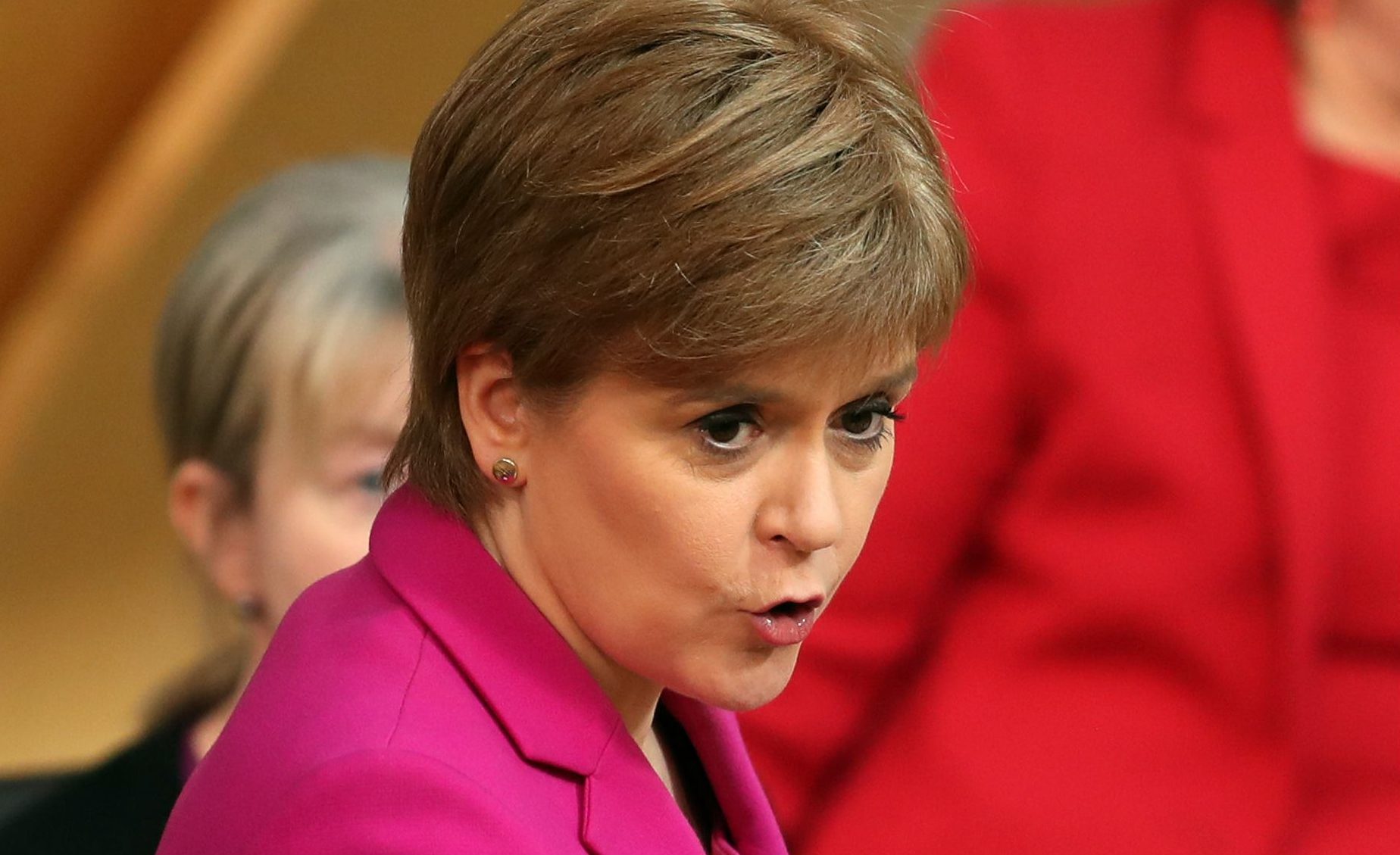
EVERY time it seems Scottish Labour has hit rock bottom, it finds a little further to fall.
Just a decade ago, the party dominated our politics, controlling councils across the country, in charge at Holyrood, and sending a regiment of MPs to Westminster.
Now, the giant is felled. As a poll for The Sunday Post reveals, Labour is on course to come a humiliating fourth in terms of seats won in June’s General Election.
The Survation poll illustrates starkly just how dire are the straits in which Scottish Labour finds itself. In 2015, Labour was polling more than 24% yet won just one of Scotland’s 59 Westminster seats; now the party can count on the support of just 18% of Scots.
Scottish Labour leader Kezia Dugdale should count it a triumph if its sole Scottish MP, Ian Murray, retains his seat.
To compound Labour’s misery, Scottish Conservative leader Ruth Davidson has transformed her party’s fortunes. Back in the foreign country of the noughties, Labour candidates could turn up on housing estates, get out of their cars by the swings, shout “Thatcher”, and be back in the West End of Glasgow in time for duck confit for tea at the Ubiquitous Chip, safe in the knowledge that the necessary votes were in the bag.
Labour members reading our poll will wince at the increase in support for the Tories – up from below 15% in 2015 to 28% now. And after the initial jab of pain, the burning, all-consuming agony of the realisation that some of those planning to back the Conservatives are the very voters upon whom Labour could, until recently, depend.
Inevitably, regardless of what policies are raised by candidates, the campaign in Scotland will be about one thing only – independence. If I was in the chippy and the bloke behind me in the queue said chips would be crispier in an independent Scotland, I would not be at all surprised.
The poll contains good and bad news for the SNP. The bad news is that a majority of Scots continue to oppose the break-up of the United Kingdom. No leads Yes by 53 to 47.
The good news for the SNP is that more than a third of Scots say a Conservative majority (and, barring some kind of miracle, that’s what we’ll get) in June would make them more likely to support independence.
The SNP faces quite the challenge if it’s to replicate its success of 2015. The poll suggests the party might pick up 47 seats, down from 56 in the last General Election.
By any standards, victory in all but 12 of Scotland’s constituencies would represent a stellar success for the SNP but Miss Sturgeon will be concerned if the result shows any loss of momentum. If the SNP does lose seats, it is the Conservative Party that stands to gain, with polling suggesting Scotland could soon have eight Tory MPs.
Miss Davidson’s success is no accident, of course. After the 2014 referendum, while Labour foolishly tried to woo disinterested Yes voters, the Scottish Conservatives staked a credible claim to be the defenders of the Union.
Miss Davidson’s grasp of the new political divide – with the constitutional question replacing old arguments of left v right – saw her campaign on a promise to do all she could to prevent Indyref 2.
Now the most popular unionist politician in Scotland, Miss Davidson has – to a degree – detoxified the Tory brand. And she stands to come through the election strengthened by the result. Whether the Tories have reached their peak in Scotland is a question that remains unanswered.
If there is any comfort to be had by Labour members, it is from the prospect of crushing defeat hastening the departure of Jeremy Corbyn. It is not at all clear that the Labour brand can be saved but, if a credible replacement for Mr Corbyn can be found, the party may have a chance of revival (south of the border, at least).
Nicola Sturgeon proposes to hold a second vote on independence either late next year or early in 2019 (I know. Can you believe how lucky we are to get to vote so often?).
The result of the General Election should give us an idea of whether the First Minister’s referendum plan is wise.

Enjoy the convenience of having The Sunday Post delivered as a digital ePaper straight to your smartphone, tablet or computer.
Subscribe for only £5.49 a month and enjoy all the benefits of the printed paper as a digital replica.
Subscribe